Meet Bowen Appétit + sweet potato hash with apples and sage
I’m very excited to share with you all the first in what will maybe (eventually, one day, sometime) be a series of videos highlighting Bowen Appétit cooking classes and the reasons I love being in the kitchen helping people create memorable meals. I was lucky to work with the incredibly talented Jane Duggan, a local videographer, to put together these scenes in the waning weeks of the outdoor Madison farmers’ market and then with a kitchen and table full of friends. I wanted to give a peek into what it’s like to take a Bowen Appétit class, and I think this video captures it perfectly.
I hope you love it as much as I do!
Starting a small business is a huge, exhilarating, terrifying process. In a way it’s not unlike being a student – you’re subject to a wide variety of expectations, the most stringent of which are usually your own, but how and when and in what manner you complete the work is really up to you. The amount of work to do will expand to fill any space, effort, and blood/sweat/tears you allow it (in fact constantly testing the boundaries of those allowances). And you’re constantly trying to find your place in all of it, examining what it is you’re doing and where you’re trying to go and knowing that many of those decisions begin and end inside your own brain (and heart). I’ve been a student most years of my life at this point, so I’m pretty comfortable with all of those elements. Needing to make (or at least somewhat make) a living off of it is an entirely different story, but no one wants to hear about that.
This is all to say that this whole thing is a huge labor of love, and even when the labor side seems to overwhelm the love side, I’m still quite happy with the way things are going. This is a project years in the making, from the moment nearly 10 years ago when I started spending all my extra time in the kitchen, and there are many more years for it to grow and transform. I have some pretty clear visions of where I’m going, and I’m excited for you to join me along the way!
Sweet potato-sausage-apple hash w. poached eggs and crispy sage
Makes 4 substantial main dish servings
Note: You’ll notice the sweet potatoes, sausage, and apples have similar preparation instructions. The more you make these ingredients the same size, the better texture the finished dish will have. (But it’s not a deal-breaker!)
- 3 lbs. sweet potatoes (roughly 3-4 large sweet potatoes), cut into a 1/2″ or smaller dice (you can peel if you like, but I generally don’t)
- Olive oil for roasting sweet potatoes and frying sage and more as needed for sauteeing
- 4 oz. breakfast sausage or other pork sausage – bulk, patties, or bulk, crumbled or cut into small, 1/2″ or less pieces
- 1 onion, diced
- 3 cloves garlic, minced
- 1 apple, cored and cut into a 1/2″ or smaller dice
- 2 tsp. chopped sage, plus sage leaves for frying (at least 1 leaf per person)
- 1 egg per serving
- Splash of vinegar for poaching
- Salt and pepper
– Heat oven to 450F. (It’s a good idea to start heating the oven before you do all the chopping and other prep.)
– Roast sweet potatoes Toss the diced sweet potatoes with olive oil to coat and a couple of large pinches of salt. Spread on two baking sheets (so they can sit relatively in one layer, which will help them get caramelized, golden brown edges). Roast until completely tender and brown on some edges (this caramelization will add loads of flavor!). How long this takes will depend on how small you chop the sweet potatoes, but give them a stir every 10 minutes or so and start checking for doneness around 20 minutes. When done, leave on the baking sheets to cool until needed.
– Cook the rest of the hash Heat a large, wide skillet and add sausage. Cook, moving around the pan occasionally, until browned through. It’s okay if brown bits stick to the bottom of the pan during this process – you’ll be adding more ingredients to pick those up. Transfer the cooked sausage to a plate or bowl. Fat will likely have rendered out of the sausage, but the amount depends on the sausage you use. You want enough fat to slick the bottom of the pan and saute the onions, garlic, and other ingredients. Add a splash of olive oil, a bit of butter, or a bit of other cooking oil as needed (if needed). Add the onion and garlic to the pan and cook until fragrant and starting to soften (2-3 minutes), then add the apple and chopped sage and continue cooking until the onion and garlic are completely softened and starting to brown.
– Assemble hash Combine sweet potatoes, sausage, and onion mixture. Taste and add salt and pepper as needed. Set aside until poached eggs and crispy sage are ready.
– Poach eggs Bring a small pot of water to a brisk simmer/lazy boil (“lazy boil” is my favorite!) – larger bubbles coming to the surface, but not a full rolling boil. Add a large pinch of salt (for flavor) and a healthy splash of vinegar (any kind will do), which will help the white stay together. Crack an egg (the fresher the egg, the better) into a measuring cup, small mug, or heat-proof ramekin (something that can be dipped in the water) and quickly ease the egg into the vinegar-spiked water, dipping the edge of the container into the water to slide the raw egg into the water. Quickness and confidence is key here – the more slowly you do it, the more likely the white will wisp into the water in tendrils. (You can see a clip of this part in the video above!) You can also do a few eggs at a time – make sure there’s enough room for at least 3 inches of water space between them.
Let the egg cook for a minute or so, then you can use a spoon to gently prod at the bottom to make sure it’s not sticking. Let the egg cook for at least 3 minutes before you pick it up with a slotted spoon to assess if it’s done. You want the runny yolk to feel a bit water balloon-like, but the white should be fairly firm. You can lower the egg back in the water to keep cooking. Transfer to a paper towel-lined plate until you need it – I find it easiest to flip it out of the spoon onto the plate, and I’m usually pleasantly surprised to find that the bottom is more attractive than the top. You can use a small knife or kitchen shears to cut off any tendrils of cooked egg white, for a neater appearance.
There’s a lot more to be said about poaching eggs. I try to incorporate them into classes fairly often, since people get a lot out of seeing it done. For now, this tutorial over at The Kitchn is a pretty good lesson with photos.
– Fry sage Heat a small skillet over medium heat and add at least 1/4″ of olive oil. When hot, add fresh sage leaves with at least 1/2″ spacing and fry for 2-3 seconds before flipping and frying the other side another couple of seconds. Transfer to a paper towel-lined plate and sprinkle with salt.
– Assemble and serve Transfer hash to plates or bowls and top with poached eggs and crispy sage leaves. Drizzle the egg with olive oil, top with salt and freshly cracked black pepper, and enjoy!
Making ahead/storage: Hash mixture will store well, but is best served within a couple of hours of making. Poached eggs can be made up to 30 minutes ahead and can be rewarmed briefly in simmering water. Crispy sage can be made a few hours ahead.

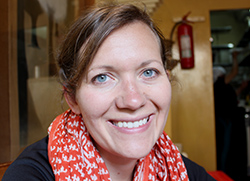






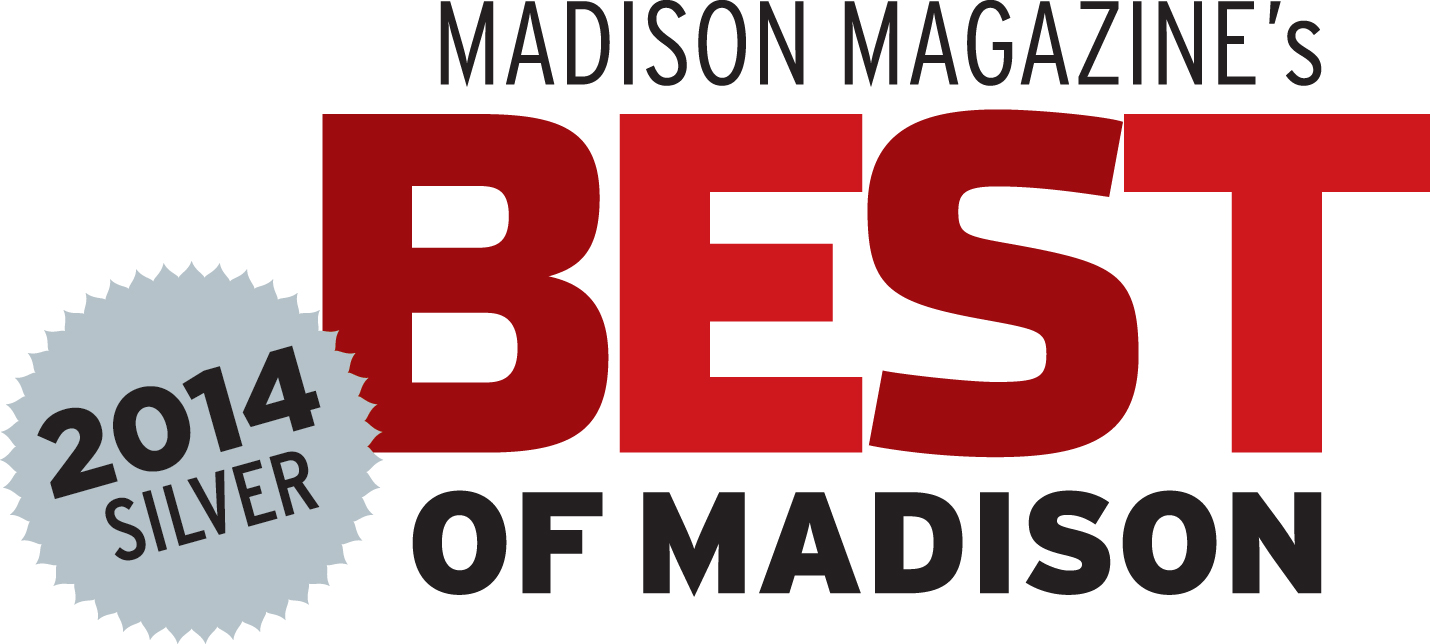


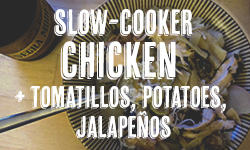
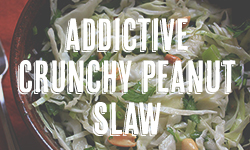
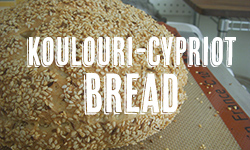
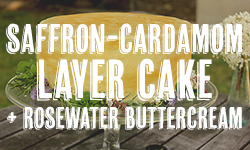


Great video! Beautifully done !
The video idea sounds fantastic. It sounded like it was attached to your email but I didn’t see it…..and would like to. I’ve signed up for another one of your classes at Orange Tree and look forward to doing one directly with you too. Keep up the great cooking, sharing and communications Bowen.
We made this for dinner last night and it was awesome!!! Thanks for the amazing recipe, Bowen! =)